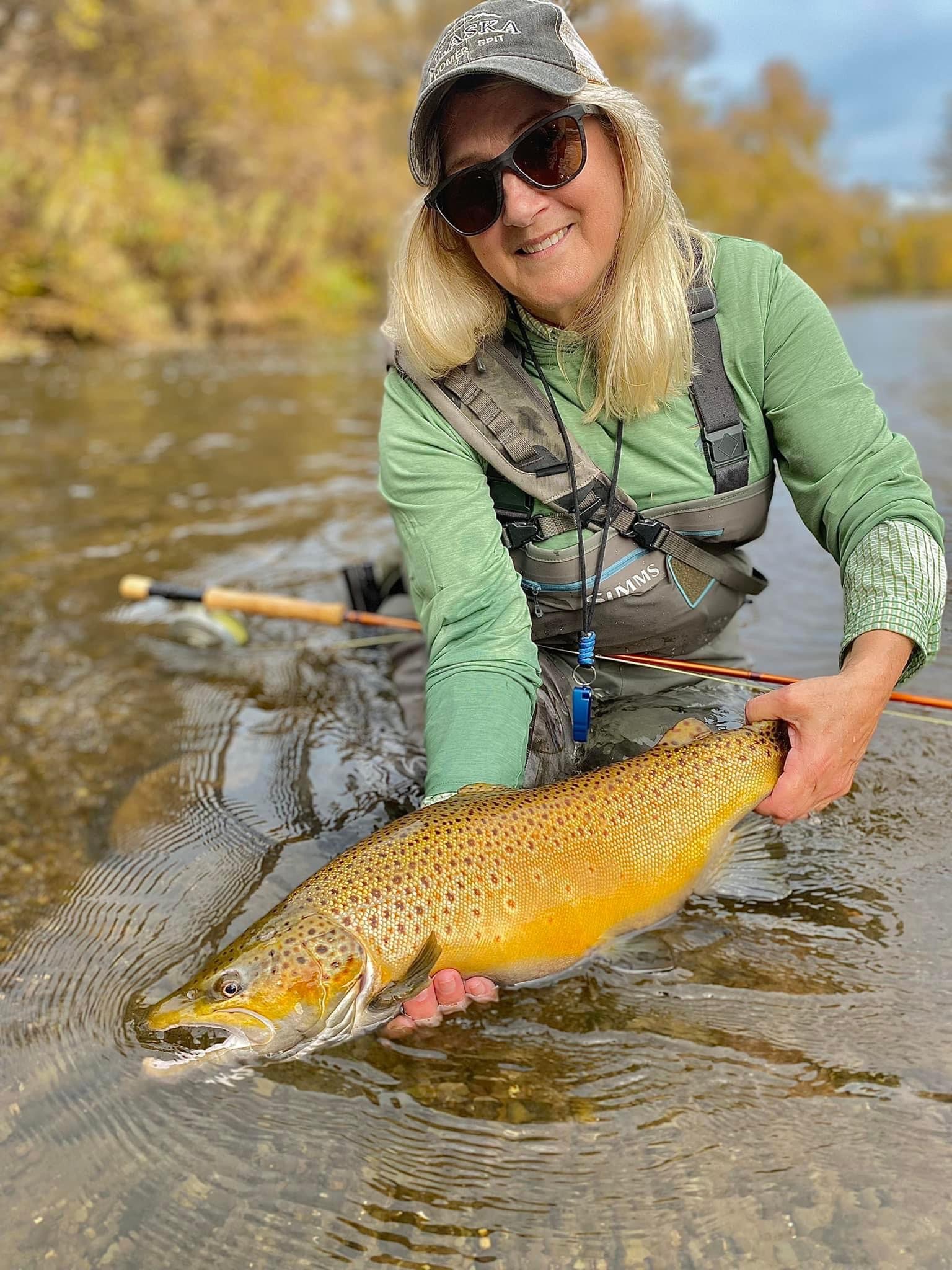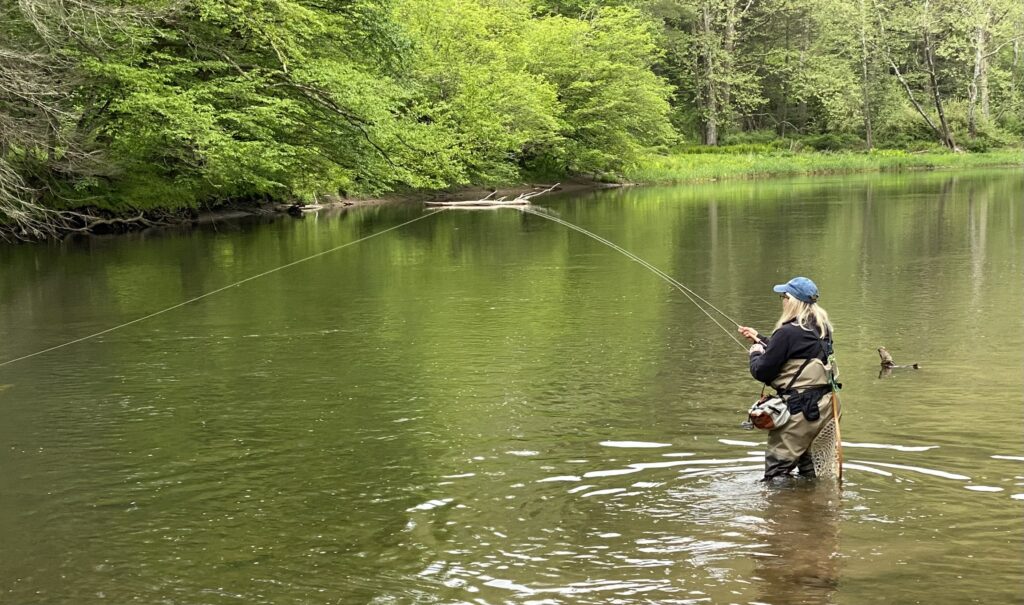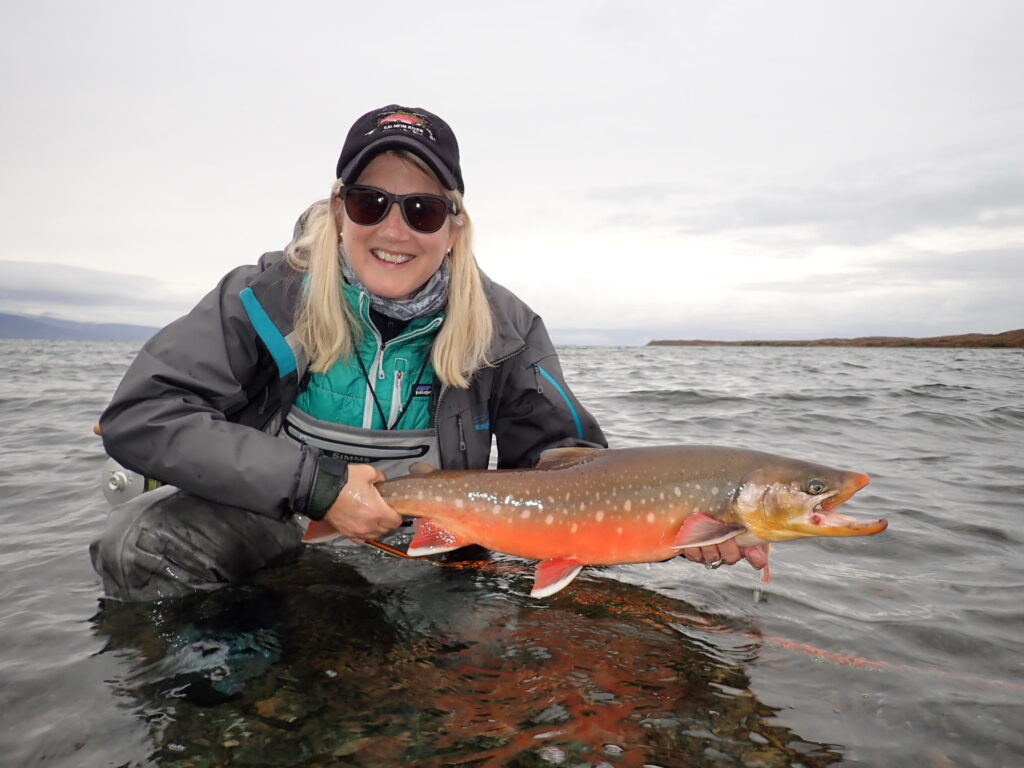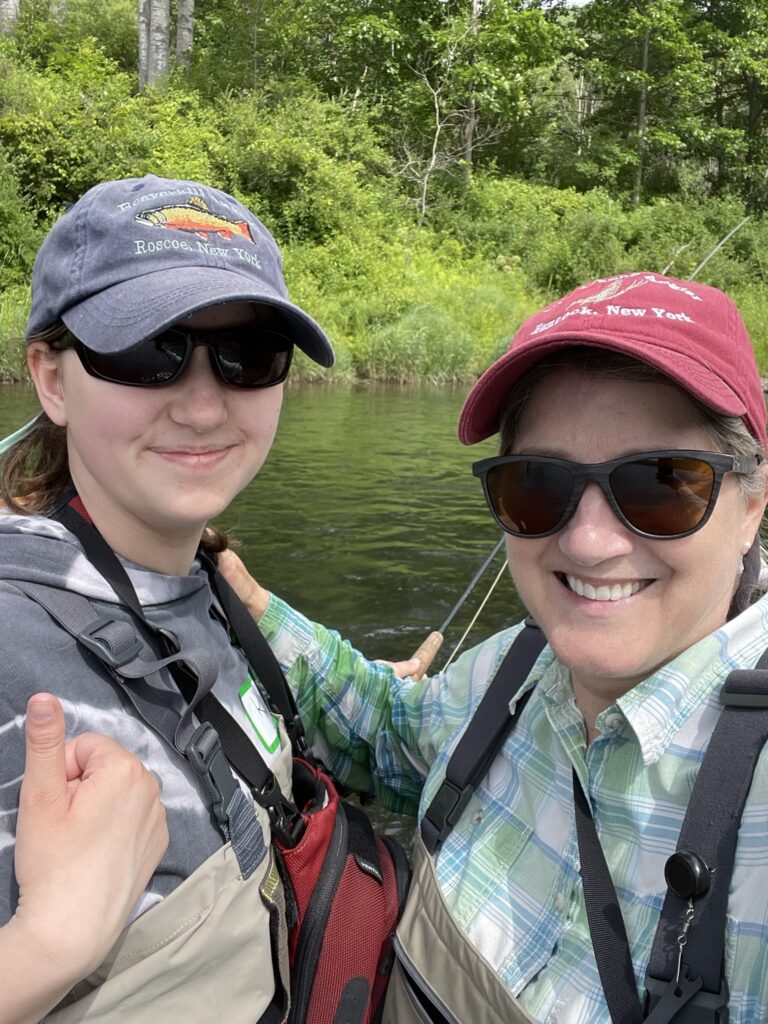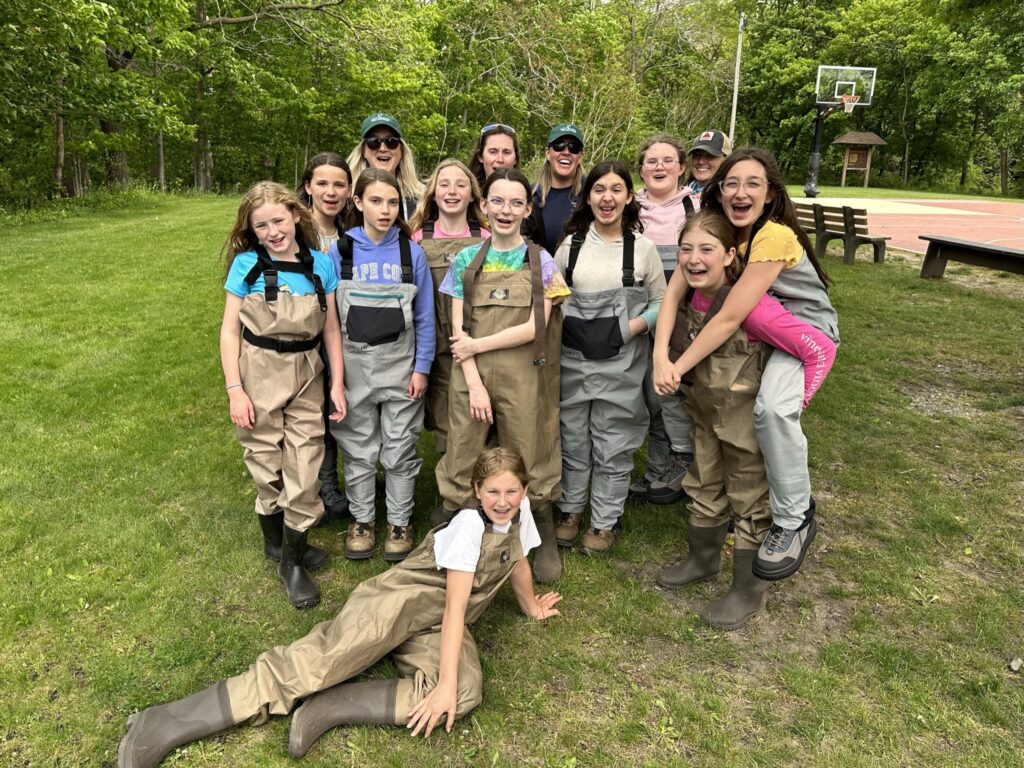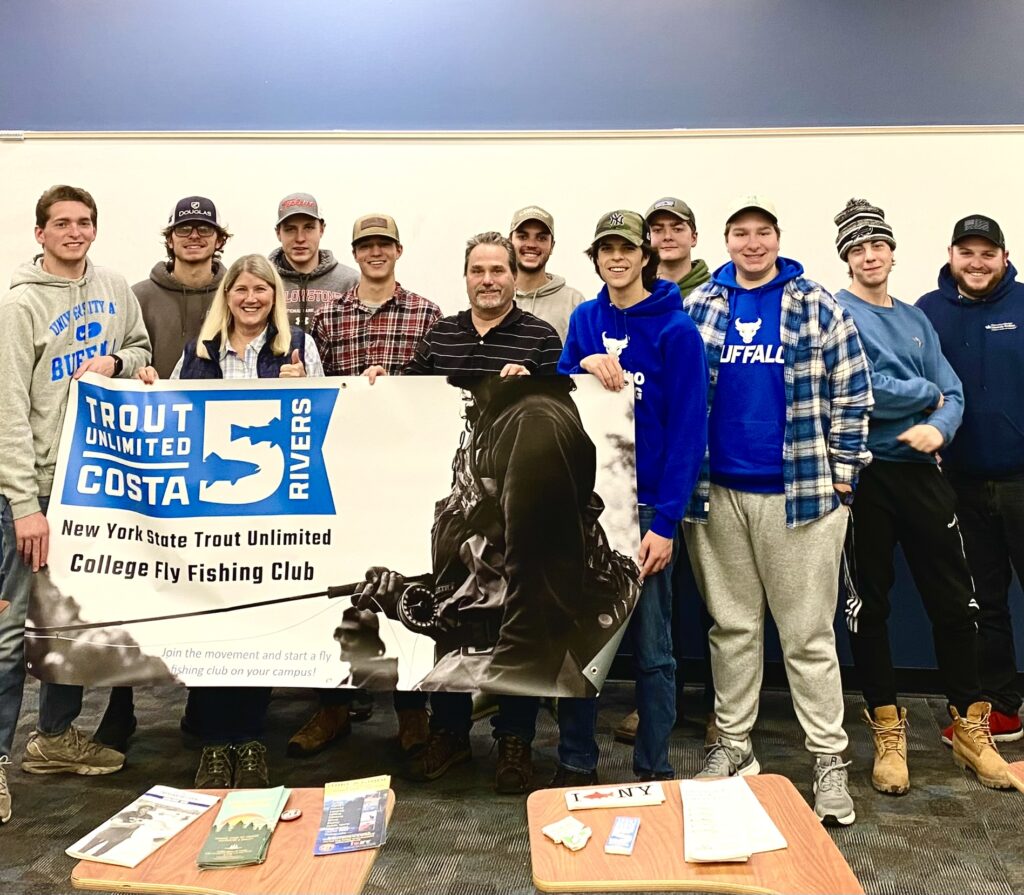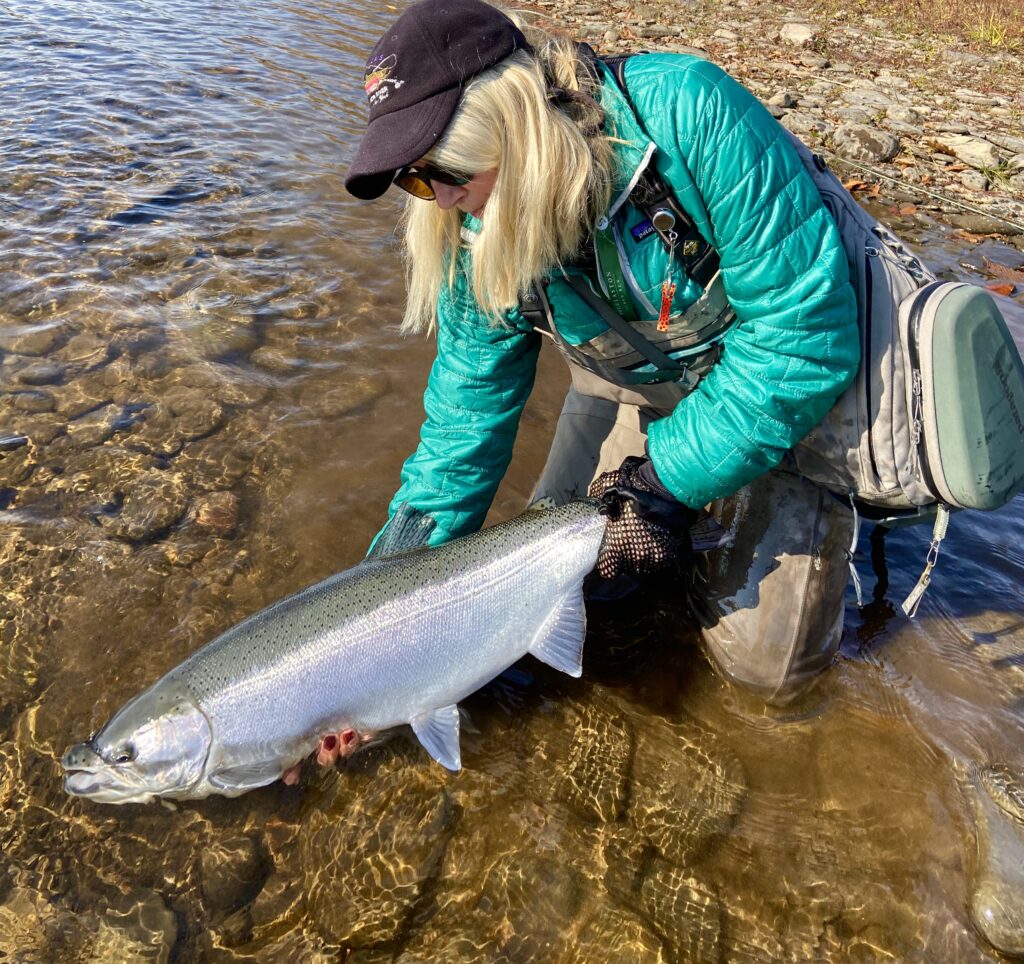Dam removals alone cannot bring river herring back to southern New England; their loss hurts striped bass, tuna, bluefish, and many bird and wildlife species
While driving home last week from a public meeting in Buzzards Bay, Mass., to gather information about Atlantic herring management, there were two very prominent thoughts in my mind. Number one: There is an incredibly diverse set of user groups who rely on Atlantic herring and river herring in southern New England, both directly and indirectly; and number two: These are some of the most passionate people I have ever been around.
The participants of the scoping meeting, held by the New England Fishery Management Council as they flesh out Amendment 10 to the Atlantic Herring Fisheries Management Plan (FMP), were made up of commercial fisherman, tribal members and tribal staff, recreational anglers, town municipal employees, nonprofit organizations, volunteers tasked with springtime river herring counts, previous council staff, and even a musician from Martha’s Vineyard who holds river herring in such high regard he writes songs about them. The group was diverse, but the message was very clear: Everyone wants the Atlantic herring population to have a chance to rebound, and they want streams and rivers to run silver with river herring again each spring.
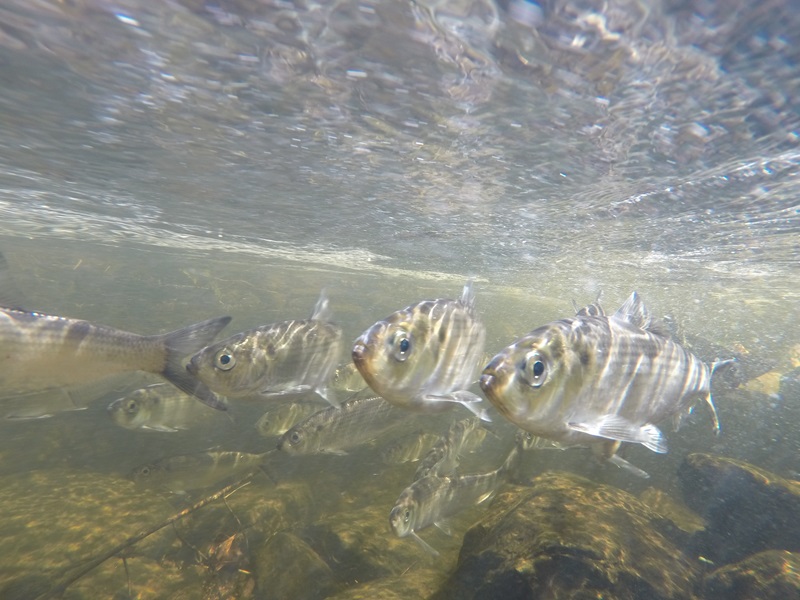
What Is Amendment 10? How Does It Relate to River Herring?
The NEFMC is currently working to prioritize the development of new management measures through Amendment 10, an amendment to the existing Atlantic Herring Fishery Management Plan, to address ongoing stakeholder concerns and user conflict, attain optimum yield in the fishery, and improve river herring conservation. The council is exploring a number of management alternatives to minimize conflict, including seasonal and coastal area restrictions or closures and new possession limits. Like so many other attendees at last week’s meeting, I wanted to be sure they specifically consider the impacts of the fishery on river herring species – which include blueback herring and alewife – and on a similar species, American shad.
As a southern New England native, a self-labeled “river herring nut,” and the river herring biologist for the State of Connecticut, the desire for streams and rivers to run silver again in spring rang especially near and dear to my heart. Nineteen of the 26 individuals who spoke in favor of making conservation changes to the Atlantic Herring FMP also spoke to the importance of river herring to their communities, their ways of life, and to the ecosystems in their areas. They gave passionate testimony to the loss of these fish in their local spawning runs over the last two decades and provided detailed comments on the negative effects this loss has had on their lives and the environment around them.
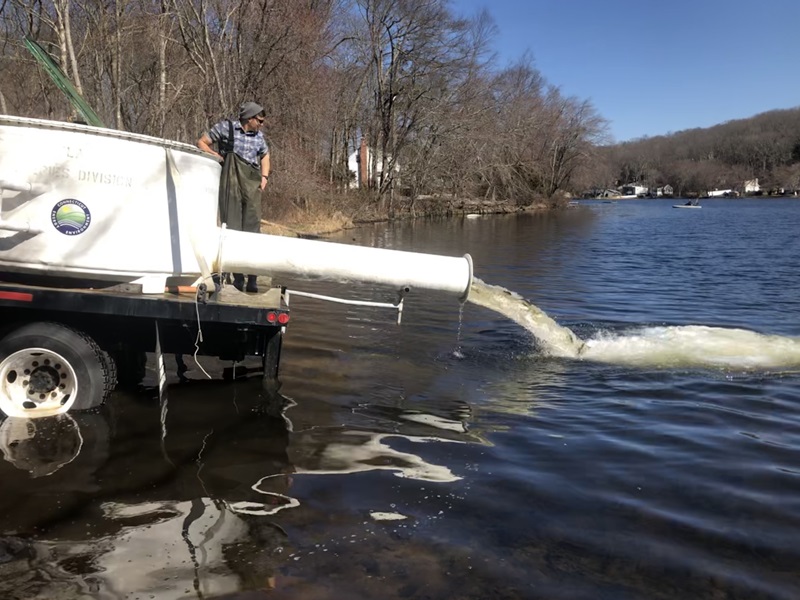
Stakeholders also explained why protecting these fish matters so much to them, and they provided solutions across the range of alternatives provided by the NEFMC to protect and enhance river herring populations. Some spoke to instituting time/area closures for Atlantic herring fisheries to protect river herring that were entering nearshore ocean waters when preparing to spawn, while others suggested reinstating a full-year buffer zone that would push Atlantic herring trawlers out to some distance from shore indefinitely.
There is good reason for these requests. Between 2014 and 2023, some 943 metric tons of river herring/shad bycatch were reported across the Gulf of Maine, Cape Cod, and Southern New England catch cap areas. Of this roughly 2 million pounds of bycatch, 75 percent (or over 7 million river herring, based on average fish weight) originated from the Southern New England Catch Cap area, from south of Cape Cod through Massachusetts, Rhode Island, Connecticut, New York and beyond. In stark contrast, only 17 percent came from the Cape Cod catch cap area and only just 8 percent came from the Gulf of Maine catch cap area.
This offers strong evidence that an existing time area closure for Management Area 1A off northern New England – which is basically a non-fishing buffer zone for Atlantic herring midwater trawlers – protects the majority of the river herring in that region between January and June, while the river herring are staging up to spawn in those rivers. The resulting 12 million-plus river herring that migrated into Maine’s waterways this year tell the rest of the story. Management Area 2, off southern New England, currently lacks similar protections, and is therefore suffering from historically low returns.
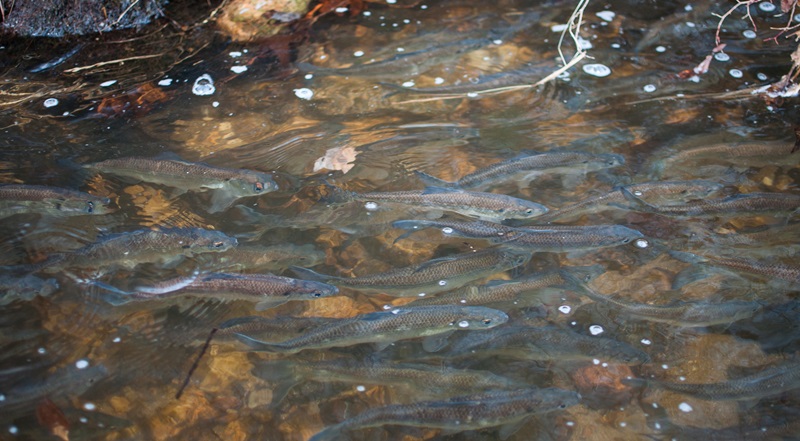
Why You Should Care About River Herring
Throughout the public testimony portion of last week’s meeting, many other comments were made about river herring protections, and they all ended up in the same place. These user groups all wanted the council to take actions to enhance river herring avoidance in the Atlantic herring fishery and take other river herring catch reduction measures to better support ongoing coastwide restoration efforts for river herring. The commenters all appeared to truly and deeply care about these fish, like so many of us do along the Atlantic coast, for a range of reasons. I commend the NEFMC for giving everyone from the public who cares about restoring river herring not just a voice, but also a place to be heard. Last week, like at other scoping meeting venues this spring, was an incredibly important night for Atlantic herring and southern New England’s river herring, but it was also a very special night for those of us who have built our lives around these incredible fish.
What do I mean by that, and why should you also care about river herring? These fish provide an important food source for many fish and wildlife species, including economically valuable sportfish like striped bass, tuna, and bluefish and charismatic birds like ospreys, herons, and eagles. They also fuel recreation and tourism economies and maintain functioning ecosystems, and can serve as a valuable food and bait source themselves in areas with healthy populations.
Since the year 2000, tens of millions of dollars have been spent on restoring and reconnecting river herring spawning habitats in southern New England through water quality projects, dam removals, and fish passage constructions, and yet their numbers continued to fall. In response, there has been a complete southern New England-wide ban on the recreational take of these fish for nearly two decades, and those who were told this closure would protect and bring the fish back watched as the numbers continued to fall, while populations to the north and south, with similar restrictions, continued to rise.
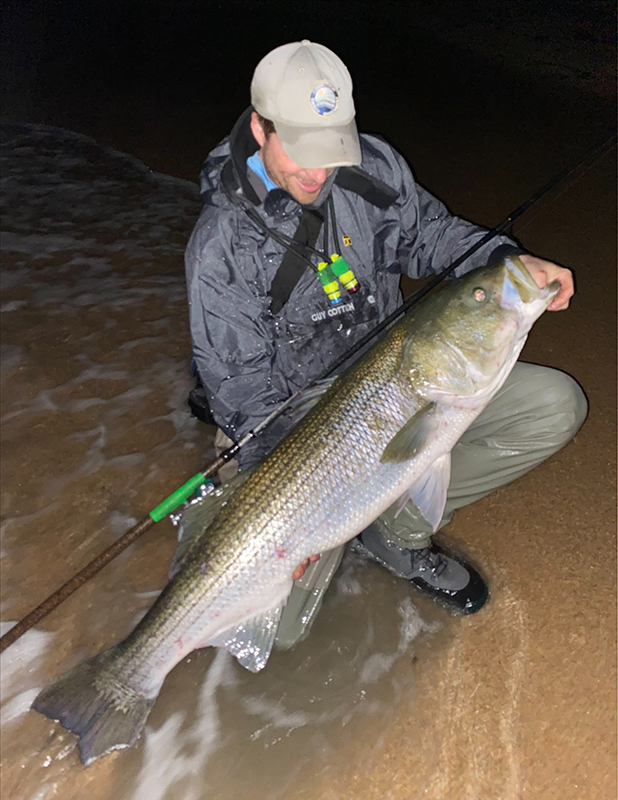
Individuals at the meeting spoke about this inability of freshwater infrastructure efforts alone to address the problem and lamented that they haven’t been able to keep one river herring in 18 years in Massachusetts. This despite the fact that the council’s Atlantic herring management plan still allows the Atlantic herring industry to take and profit from river herring caught incidentally as bycatch in the fishery.
This industrial take is limited by catch caps, but these catch caps still allow around 3.6 million river herring to be legally landed each year. Of this catch cap, 79 percent is allowed from the waters around southern New England and Cape Cod: the very areas currently suffering the most from poor river herring numbers. Similarly, the waters to the southeast of Nantucket, deemed the Georges Bank Catch Cap Area, has no cap on the number of river herring taken, allowing continuous commercial Atlantic herring fishing regardless of the number of river herring landed as bycatch. Couple this with incredibly low observer coverage to track the take of river herring, and the concerns of those in attendance last week are very clear.
One big question is on all our minds: Why does the area with the most severely depleted river herring currently allow the highest river herring landings?
What You Can Do
River herring populations in southern New England need your help, and your voice can still be heard by the NEFMC. With potential management measures designed to address the catch of shad and river herring in the directed Atlantic herring fishery, including revisiting catch caps and/or time/area closures included in the NEFMC’s Amendment 10 scoping documents, this is your chance to speak in person or write to the NEFMC in support of enhancing river herring avoidance and catch reduction in the Atlantic herring fishery.
Provide a personalized email comment to the council before April 30 or attend an in-person meeting in your state. Your input is vital if we want the NEFMC to best protect our herring resource.
Kevin Job, a native New Englander, is a fisheries biologist with the Connecticut Department of Energy and Environmental Protection. His work focuses on diadromous fishes including river herring and shad.


